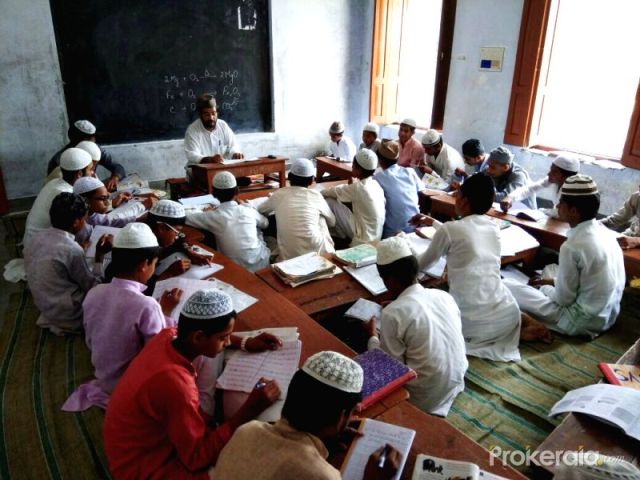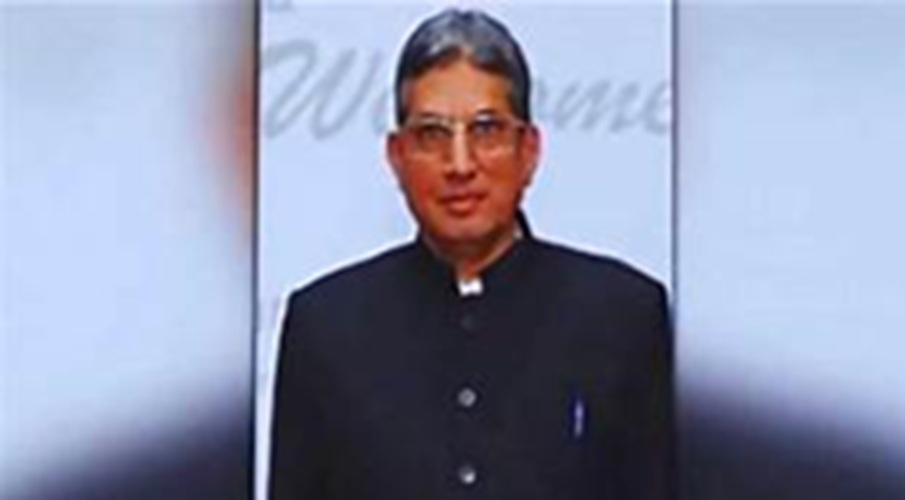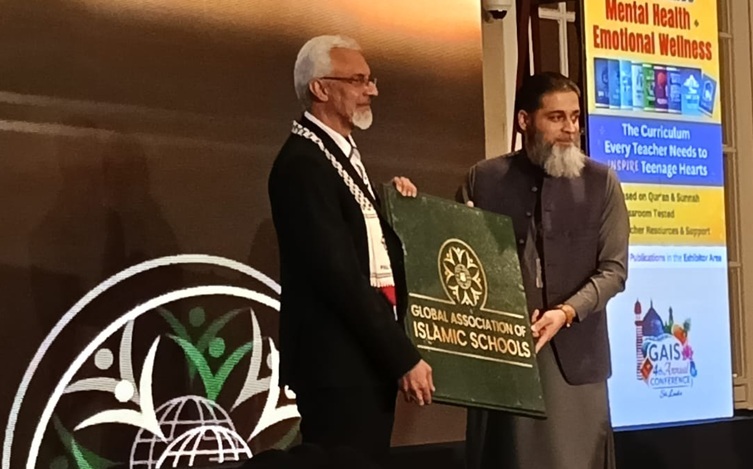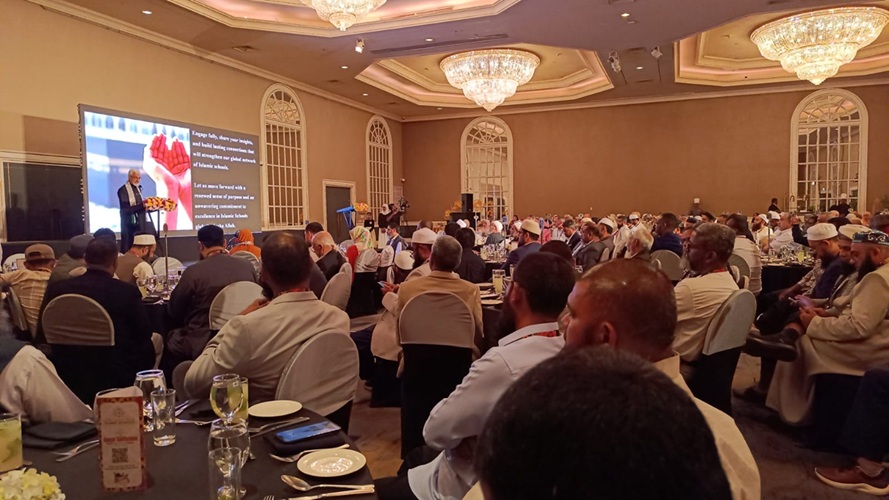Education among Muslims is a serious issue in India. While the literacy rate among Muslims is showing an upward graph, higher education dropout is a major problem among the Muslim community.
Since education is directly linked to income level and economic level is dependent on employment and wealth generation, a vicious circle has developed in India in which Muslims are trapped all over the country.
The participation of Muslims in salaried regular employment is 43.39%. This figure may look bright but after a scratch, it comes to notice that Muslims are engaged in the B&C category kind of jobs and are at the bottom level of income. Since Muslims do not get jobs they are in self-employed occupation. The statistics show their share is 38.89%. This again is not the correct picture because Muslims are at a low level of self-employed income generation. Then around 17.71% of Muslims work as casual workers. In such a situation how can Muslims of India afford the luxury of education?
The poor socioeconomic condition of Muslims is the prime reason for the low educational status of Muslims in India. An evaluation of educational status among Muslims done in 2014 says that Muslims have higher dropout rates in senior secondary and higher levels of education.
To address the problem of dropouts among Muslim students, the government is offering many scholarship- schemes and programs about which the community must be enlightened. They are as follows:
i) Pre & Post Matric Scholarship Scheme, Merit-cum-Means based Scholarship Scheme through Direct Benefit Transfer (DBT) mode.
ii) Naya Savera scheme- Free coaching and allied Scheme: This scheme aims to provide free coaching to students/candidates belonging to economically weaker sections of minority communities for preparation of entrance examinations of technical/ professional courses and competitive examinations.
iii) Padho Pardesh scheme: This scheme gives a subsidy in the interest rate on educational loans to the students of economically weaker sections of minority communities. This loan is also applicable for higher studies abroad.
iv) Nai Roshni scheme: This is a leadership development scheme for women belonging to minority communities.
v) Seekho Aur Kamao: It is a skill development scheme for the youth of 14 – 35 years age group, aiming at improving the employability of existing workers, school dropouts, etc.
vi) Pradhan Mantri Jan Vikas Karyakram (PMJVK) scheme: It is a Scheme designed to address the development deficits of the identified Minority Concentration Areas. The areas of implementation, under PMJVK, have been identified based on minority population and socio-economic and basic amenities data of Census 2011.
vii) Upgrading Skills and Training in Traditional Arts/Crafts for Development (USTTAD): This scheme was launched in May 2015. It aims to preserve the rich heritage of traditional skills of Indigenous artisans/craftsmen. Under this scheme, Hunnar Haats are organized all over the country to provide a nationwide marketing platform to Minority artisans and entrepreneurs and to create employment opportunities.
viii) Virasat Ka Samvardhan (PM Vikaas): The PM Vikas scheme has been added to the Ministry of Minority Affairs’ Budget in 2023. It is a skilling initiative focusing on the skilling, entrepreneurship, and leadership training requirements of the minority and artisan communities across the country. The scheme is intended to be implemented in conjunction with the ‘Skill India Mission’ of the Ministry of Skill Development & Entrepreneurship through integration with the Skill India Portal (SIP).
The way forward for the Muslim community is that they register NGOs in all parts of the country liaison with the education department of the government and implement the schemes in the areas of Muslim concentration.
This could include providing better educational facilities adjacent to areas where the Muslim population is sizable. The facilities may include giving Muslim students vocational and skill-based training to improve their employment prospects.
The most backward Muslim regions in India are the ‘Nuh’ district of Haryana and the ‘Seemanchal’ region comprising nine districts of Bihar. Muslims in these places are in dire need of “educational intervention.” The community leadership should rise to the occasion and make targeted efforts to improve the education status of Muslims in these backward regions of the country.
Muslim community instead of looking at the hostile government’s largesse can shoulder the task of improving the education level of the community.
In these testing times, the community needs more Muslims to be posted at police stations throughout the country. Similarly, more Muslims are required for administrative jobs so that the community may feel empowered. It is only through education that Muslims can compete in the competitive exams and fill the government posts that are open to them.
This can happen only when the community leadership can play a major role in improving the educational standard of Muslims in India. The silver lining in the dark sky is that religious leaders i.e. clerics, philanthropists, NGOs, etc. are getting involved in educating the Muslims. Organizations like Jammait – e- Ulma – e Hind, Khanqa – e- Ramani, at Munger, Bihar have stepped in to take up the challenge. More NGOs are coming forward to improve the educational standards of Muslims in India.
Indian Muslims have woken up to the reality, that education is the key to the progress of the community in India. The work at the grassroots level has begun. There is no doubt, this is a tall order, but that’s the way forward if Muslims have to live with dignity in India.






0 Comments